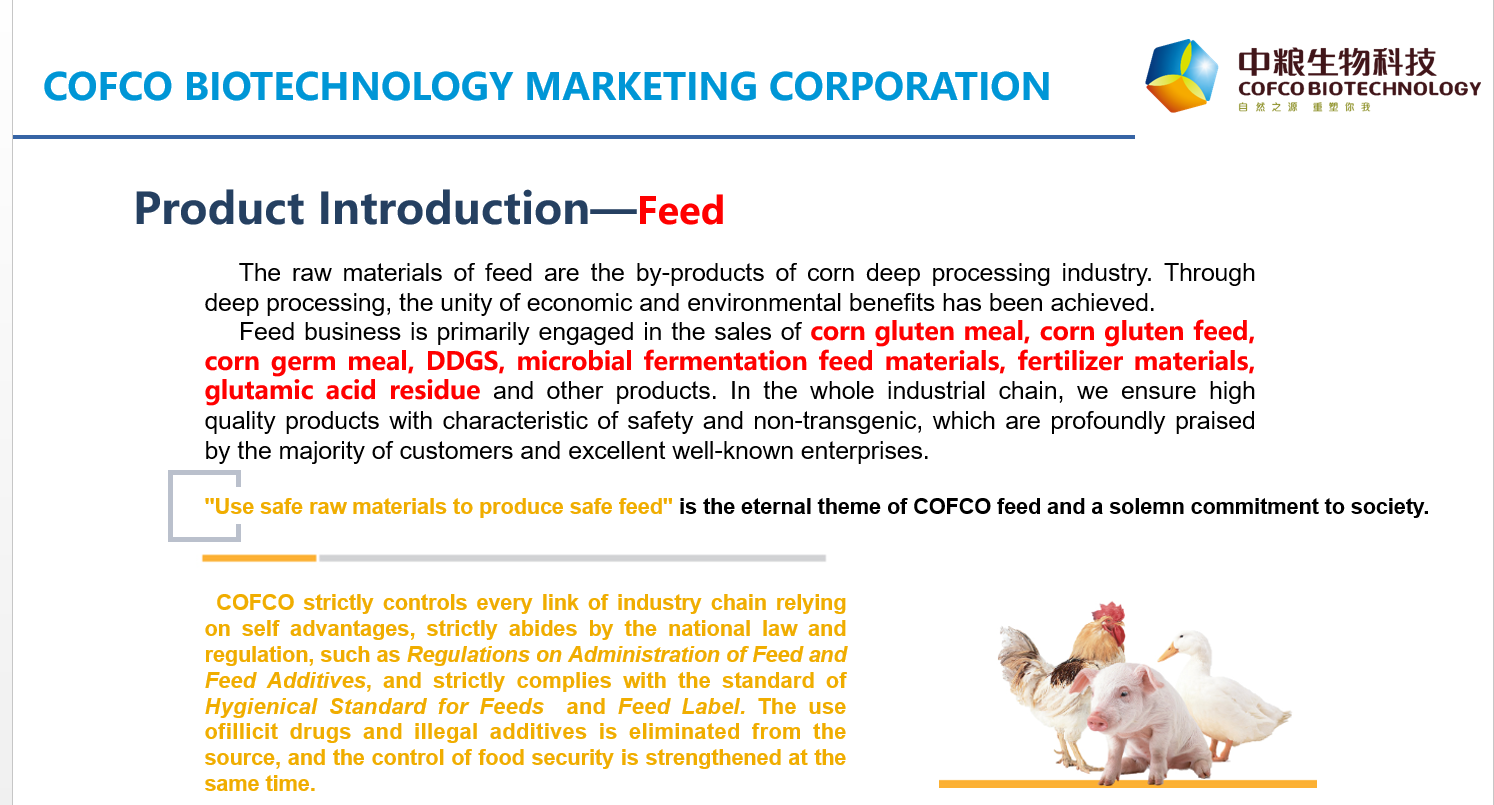Requirements for fertilizers Raspberry roots are shallow, require fertility, have large nutrient requirements, are very sensitive to nutrients, and excessive or insufficient fertilization can have adverse effects on growth, yield, and quality. Nitrogen fertilizer can promote the formation of a large number of leaves and stolons, strengthen vegetative growth, increase fruit, increase yield; nitrogen deficiency leaves will turn yellow, partially coke and slightly smaller than normal leaves. Phosphorus fertilizer can promote flower bud differentiation and increase fruit setting rate; the appearance of phosphorus-deficient upper leaves presents purple-red spots with small flowers and fruit. Potash fertilizer mainly promotes fruit ripening, increases sugar content of fruits, and improves fruit quality. The leaves of potassium deficiency often appear black, brown and dry, and become severely burned. Old leaves suffer severe damage, and the color of the fruit is light and the taste is poor. In addition, strawberries are very sensitive to chlorine and the use of chlorinated fertilizers should be controlled. The fertilization of basal strawberry in the whole growth period of the strawberry should be applied with reasonable fertilization to ensure that the plants grow robustly, and there are many flowers, more fruit set, large fruit, and high yield. Prior to planting, combined with deep ploughing and site-planting, basal fertilization is usually conducted with 2000-3,000 kg of organic fertilizer per acre and 50-60 kg of potassium sulfate compound fertilizer. Reasonably topdressing to meet the needs of various nutrients during the flowering period, generally after the start of the growth of the strawberry to the flowering stage, 10 to 15 kg of compound fertilizer is applied per acre, and the amount of base fertilizer can be sufficient. Berry enlargement can be applied to high-nitrogen-potassium compound fertilizer about 15 kilograms; after a large number of fruits in strawberry, the plant nutrient deficiency is lacking. In order to restore plant growth as soon as possible, more new leaves and new roots should be formed. The specific fertilization amount should be determined according to the amount of fruit picking, more fruits and more fertilizer, less fruit and less fertilizer. Exogenous spraying can be based on the situation in the late growth of strawberries, using extra-root fertilizer (ie, foliar spray fertilizer) method of assisted fertilization. According to the need, spraying potassium dihydrogen phosphate or other foliar fertilizers for 3 to 4 times in the late growth stage can increase fruit setting rate, improve fruit quality, increase single fruit weight and prolong result period. In addition, the spraying of foliar fertilizers should be conducted in the evening or on a sunny day, because evaporation at noon is easy to cause strawberry damage. Feed Additive,Corn Gluten Meal Liquid,Cat Food Corn Gluten Meal,Corn Gluten Meal Mice JILIN COFCO BIO-CHEM AND BIO-ENERGY MARKETING CO., LTD , https://www.cofco-biotech.com